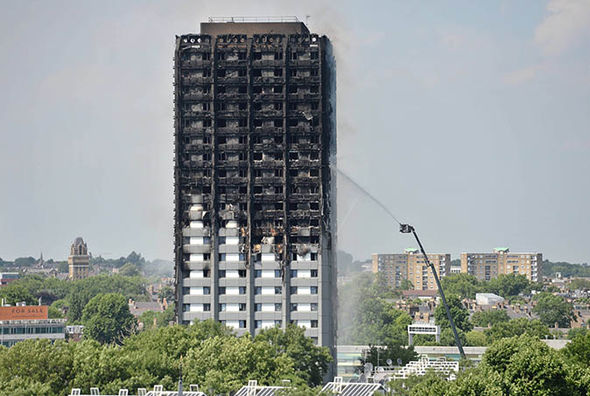
Built to burn: Thousands of buildings worldwide are wrapped in combustible panels
[fa icon="calendar'] Jan 4, 2018 11:00:00 AM / by Clark Griffith, AIA
A high school in Alaska, a National Football League stadium, a Baltimore high-rise hotel and a Dallas airport terminal are among thousands of structures world-wide covered in combustible-core panels similar to those that burned in June's deadly London fire.
Read More [fa icon="long-arrow-right"]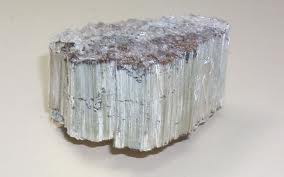
After Years of Decline, Asbestos Use is on the Rise
[fa icon="calendar'] Dec 11, 2017 11:00:00 AM / by Mark McGivern, CSI, Aff. M. ASCE
Do not believe that asbestos is not being used in building products that you specify or construct. Contrary to popular belief asbestos is not illegal in the U.S. According to the EPA many building products can be manufactured with asbestos.
Read More [fa icon="long-arrow-right"]
Hurricanes and Construction Cranes - Look Out Below
[fa icon="calendar'] Dec 5, 2017 10:00:00 AM / by Kenneth R Quigley, PE
During Hurricane Wilma a tower crane at a high-rise condominium construction site in Hallendale, Florida suffered a collapse. The building, a 28 story concrete structure, is situated between the Atlantic Ocean and Route A1A, and was under construction at the time of the collapse. The crane was situated on the west side of the building and was connected to the building at the tenth and twentieth floors. The crane was over 300 feet tall. The crane broke at the twentieth floor; the top of the crane fell to the ground while the lower portion was damaged but remained attached to the building. CCA was requested to review the circumstances of the collapse of the crane and provide opinions as to the cause.
Man with Walnut Allergy Dies on Construction Site
[fa icon="calendar'] Nov 30, 2017 10:00:00 AM / by Clark Griffith, AIA
Alberta Occupational Health and Safety investigators are looking into the death of an Edmonton man with a nut allergy who died after visiting a work site where walnut shells were used to blast paint off walls.
Recently alternatives to sandblasting including the use of walnut shells, coconut shells and corn cobs have been widely used in the construction industry over the last decade.
Read More [fa icon="long-arrow-right"]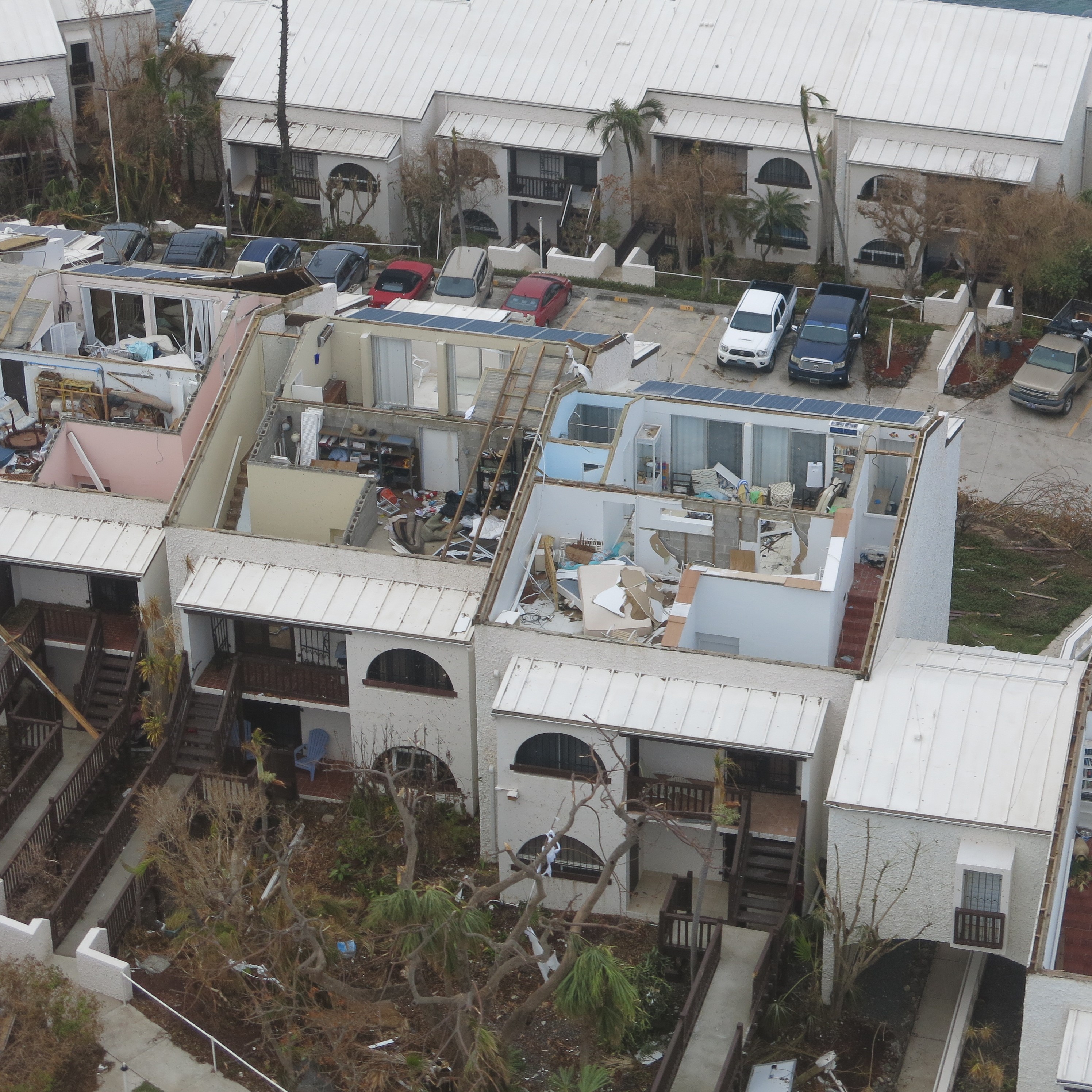
Hurricane Ties - Keeping the Lid On
[fa icon="calendar'] Nov 21, 2017 10:00:00 AM / by Kenneth R Quigley, PE
With the 2017 hurricane season coming to an end Harvey, Irma, Jose, and Maria affected large parts of the USA and Caribbean. Examples of roof uplift can be found in numerous structures. If a roof is not properly tied down the entire roof structure can be blown away as in this photograph from St. Thomas.
When hurricanes or high winds strike buildings the roofs can be sucked upward in the same manner as an airplane wing. In extreme cases the entire roof structure can get sucked off the building. Newer, hurricane-resistant structures incorporate hurricane ties - metal straps which attach the roof securely to the main part of the house below. Parts of the house are also tied together all of the way down to the foundation providing a path for the roof uplift forces all the way to the foundation. Without these ties, strong winds will make quick work of a roof.

Mold in walls after a hurricane or flooding
[fa icon="calendar'] Oct 19, 2017 4:00:00 PM / by Robert Pfeifer, AIA
Excessive growth of mold can destroy building materials and also cause health problems.
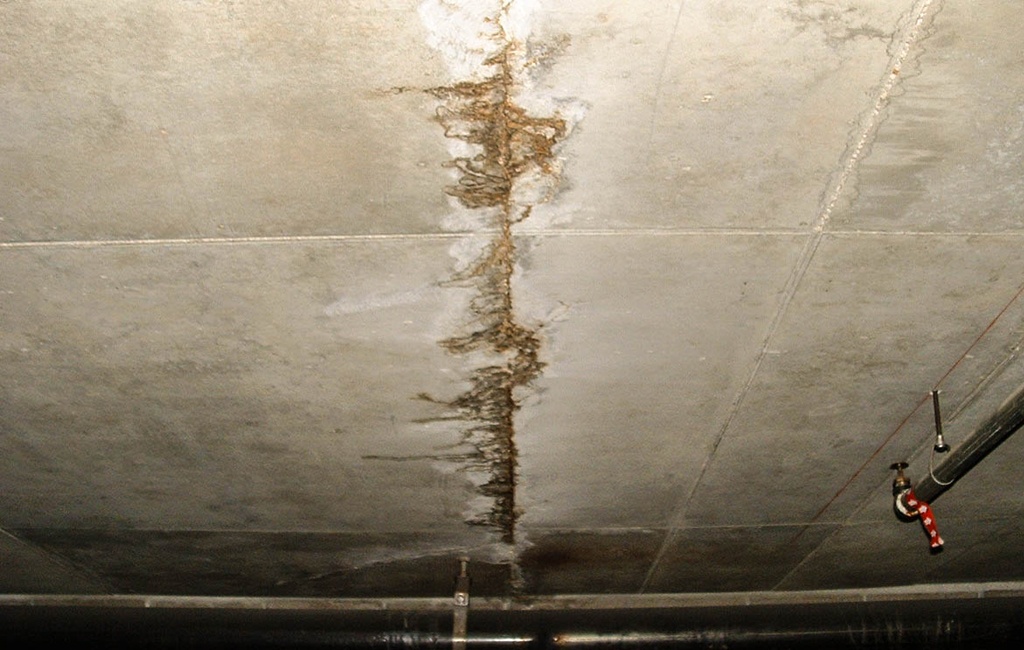
Water Damage During Construction
[fa icon="calendar'] Oct 11, 2017 3:55:00 PM / by Robert Pfeifer, AIA
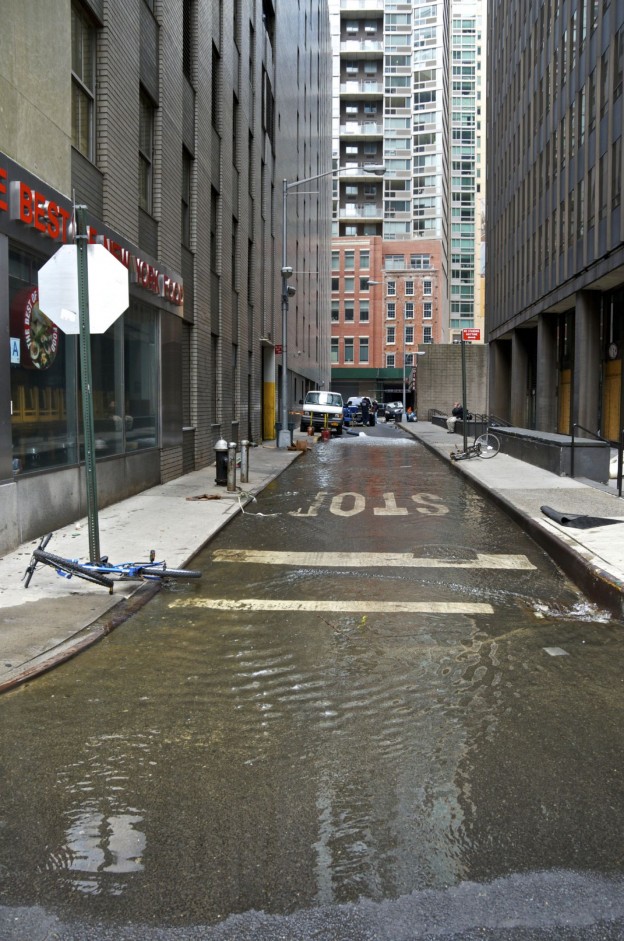
Protecting Infrastructures from Major Floods
[fa icon="calendar'] Sep 14, 2017 4:00:00 PM / by Kenneth R Quigley, PE
Flooding has dominated much of the news in recent years and this hurricane season it seems to be even more prevalent. The impact of this flooding is greater due to growing infrastructure and the rapid rate that new construction is going up.
Concrete is the modern world’s most commonly used building material however century-old concrete structures are outlasting modern concrete structures erected in the last 50-years. Why? One factor is the way in which the buildings are reinforced. According to a recent article in The Construction Specifier, instead of using solid stone, most U.S. infrastructure is constructed of reinforcing steel embedded within poured concrete. As the priorities of construction methods shift to increase productivity and streamline scheduling, long-term durability often takes a backseat.
The following article provides case studies about different reinforcement methods being employed to protect against major flooding. Read more.
Read More [fa icon="long-arrow-right"]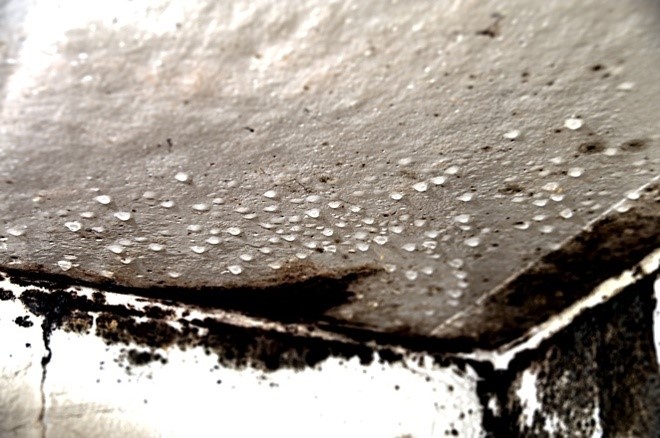
Mold Within City Buildings: A Common & Growing Issue Part 2
[fa icon="calendar'] Jul 20, 2017 2:52:00 PM / by Morris Yarjovski, CCPM, CCI
Part two of a three part series
In older buildings, the facility needs to be reviewed diagnostically. By that, I mean, the structure needs to be analyzed for what may be producing a problem, and not just from what can be designed better. In other words, we need to observe the sources that contribute to the growth of mold within the aging structure.
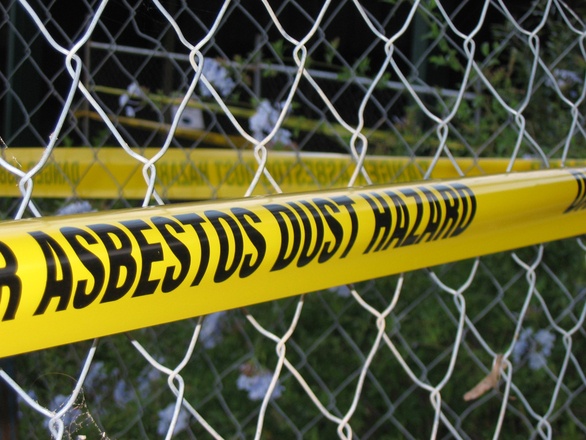
Asbestos Testing and Clean-Up
[fa icon="calendar'] Jul 5, 2017 9:22:00 AM / by Robert Pfeifer, AIA
Part two of a series. If you missed part one of our Asbestos post series, you can access that here.
Asbestos Testing and Clean-Up
Once asbestos is discovered or suspected the following steps should be safely taken by qualified professionals; secure the property to be sure no individuals or workers go into the building without proper training and personal protective equipment, survey the property, inspect for the presence of asbestos contamination, and locate the source of the asbestos contamination.
CCA has led asbestos remediation, leading teams of professionals to inspect, evaluate, and de-contaminate buildings. Working with local environmental inspection and testing consultants, CCA and the consultants would safely enter the building, take surface and airborne samples, and determine if the structure is, in fact, contaminated with airborne asbestos particles.

